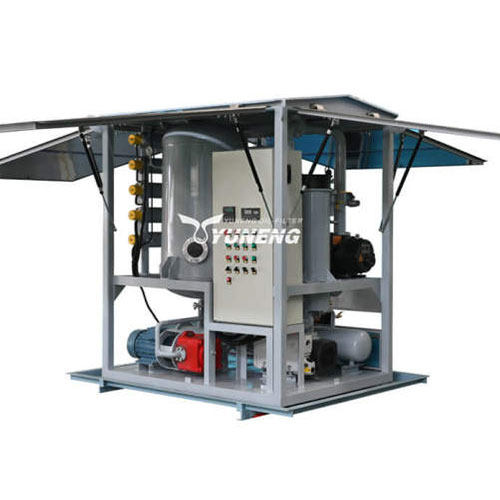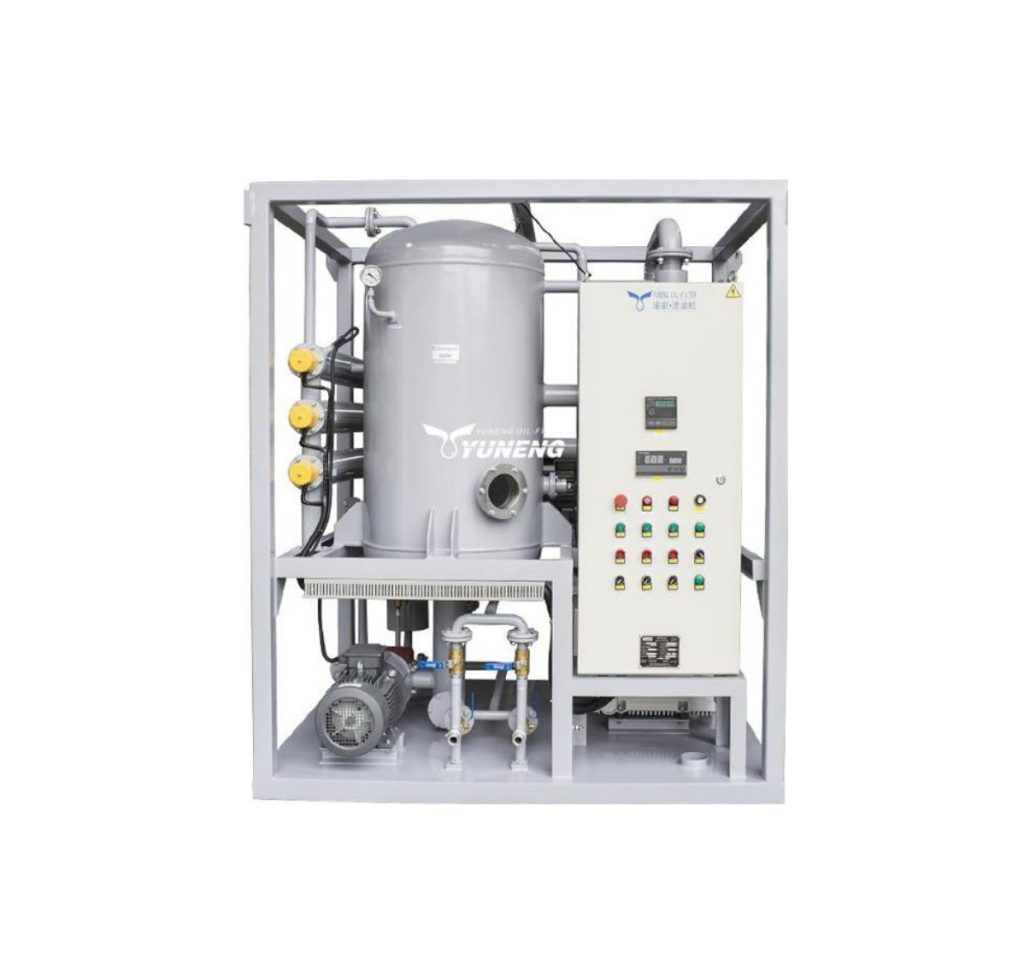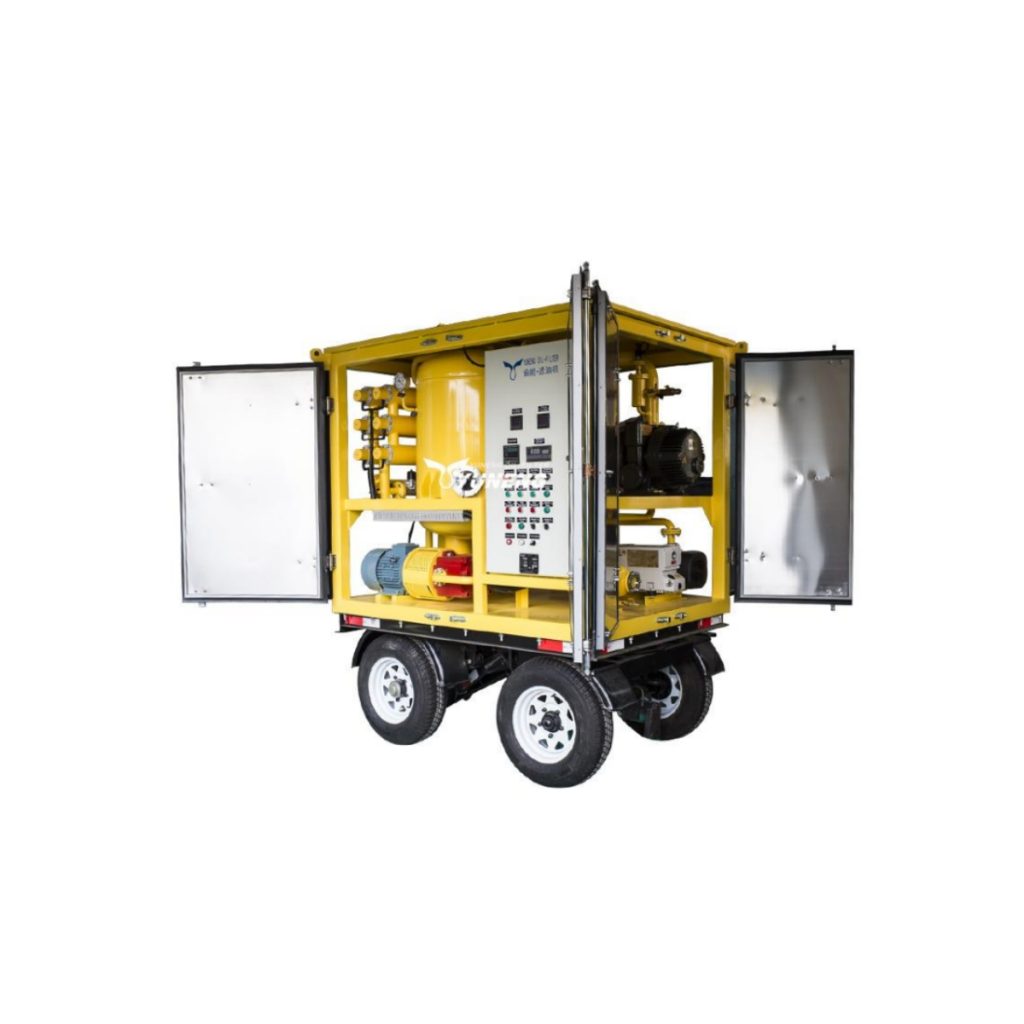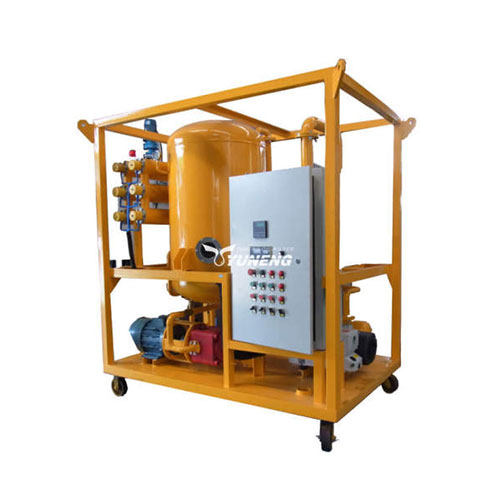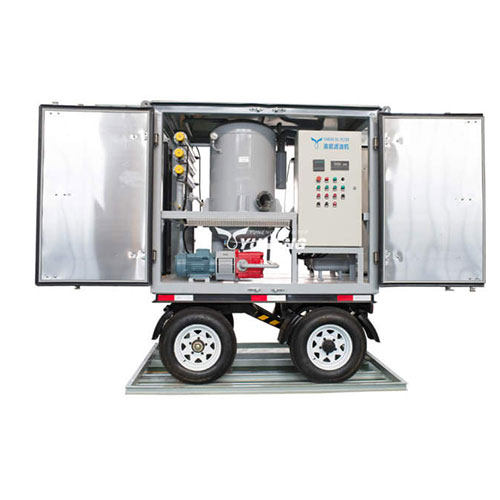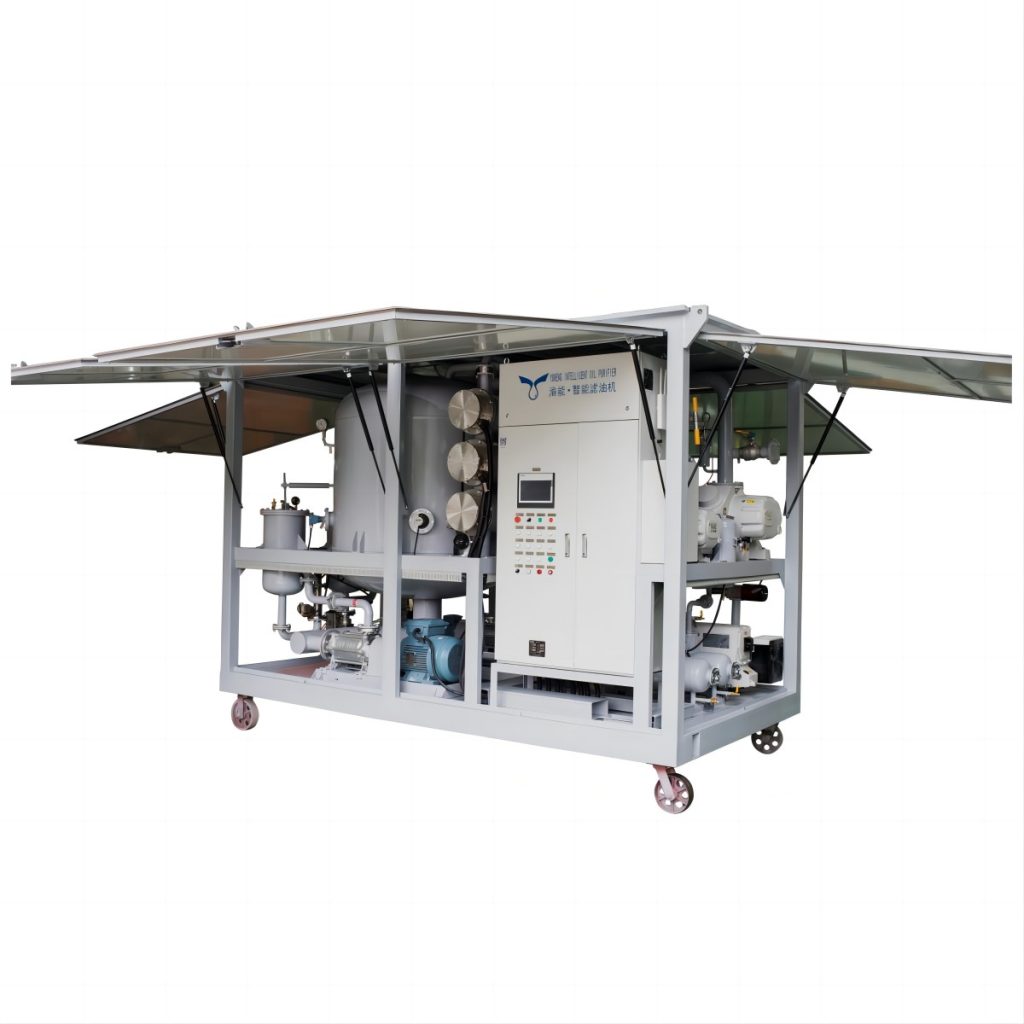Transformer Oil Purifier: Common Problems and Solutions
Electrical transformers are vital components in transmitting and distributing electricity. They rely on transformer oil, also known as insulating oil, for cooling and electrical insulation. This oil needs to maintain specific properties to ensure efficient and safe transformer operation. Transformer oil purification machines play a crucial role in maintaining the health of the oil by removing contaminants and restoring its vital characteristics.
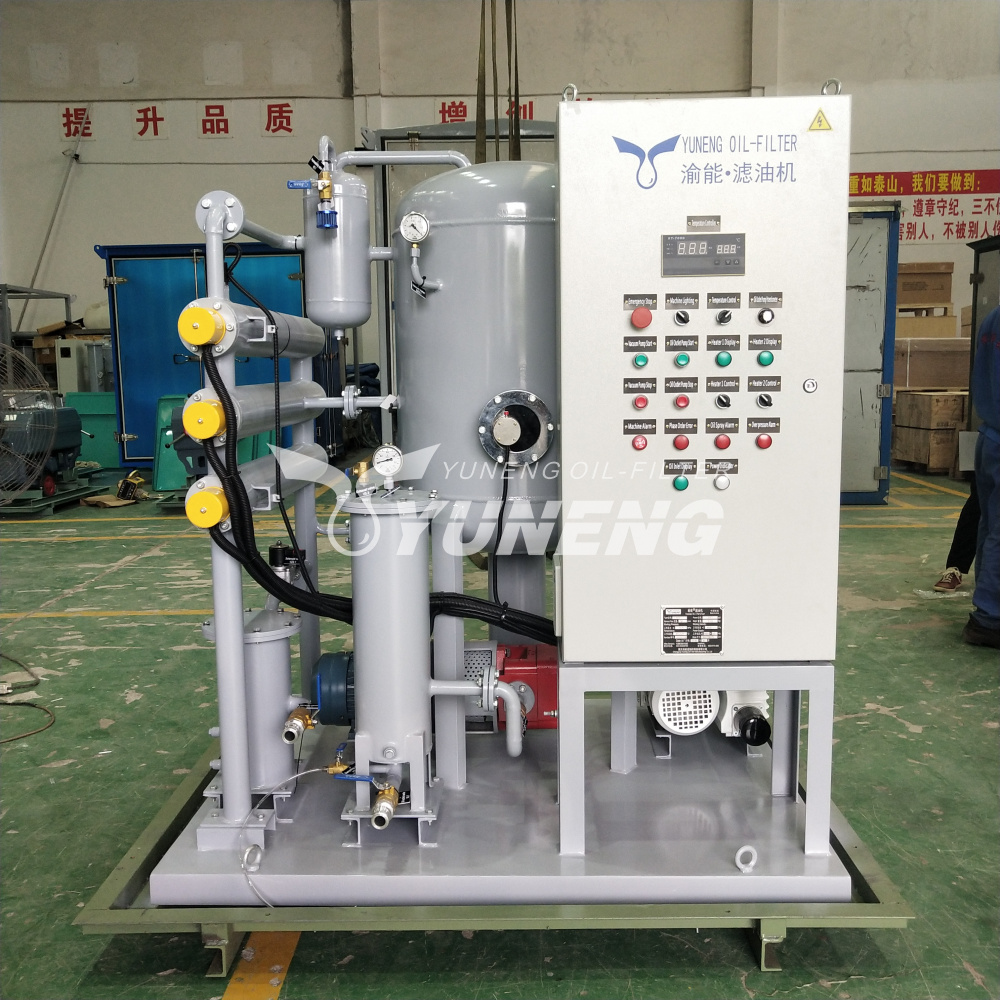
The Role of Transformer Oil Purifiers
Transformer oil is exposed to various stresses during operation, such as high temperatures, electrical fields, and oxidation. Over time, these factors can degrade the oil’s properties, leading to:
- Decreased dielectric strength: This reduces the oil’s ability to resist electrical breakdown, increasing the risk of internal arcing and transformer failure.
- Increased moisture content: Water contamination reduces the oil’s insulation properties and can accelerate corrosion within the transformer.
- Sludge and contaminant buildup: Solid impurities like sludge can restrict oil flow and reduce heat transfer efficiency.
Transformer oil purification machines are designed to address these issues and restore the oil’s quality. These machines adopt various technologies to remove contaminants and improve the oil’s properties. Here’s a breakdown of the typical processes involved:
- Filtration: Contaminants like dust, metal particles, and sludge are removed by passing the oil through high-efficiency filters.
- Dehydration: Moisture is removed from the oil using various methods, such as vacuum degassing or heating with a dehydrating agent.
- Degasification: Dissolved gases, such as nitrogen and oxygen, are eliminated through vacuum pumping or spraying techniques.
By performing these processes, transformer oil purification machines can significantly extend the lifespan of the transformer oil, reducing maintenance costs and the risk of transformer failure.
Common Problems and Solutions with Transformer Oil Purifiers
Despite their vital role, transformer oil purifiers can encounter various problems that can hinder their effectiveness. Here’s a breakdown of some common issues and potential solutions:
A. Ineffective Oil Purification
1. Clogged filters: Over time, filters become saturated with contaminants, reducing their ability to remove impurities from the oil. This can lead to untreated oil being returned to the transformer, negating the purification process.
Solution: Regularly replace or clean the filters based on the manufacturer’s recommendations and the level of oil contamination. Utilize high-quality, compatible filter media specifically designed for transformer oil purification.
2. Incorrect operating procedures: Operating the transformer oil purifier outside its specified parameters or neglecting proper oil handling procedures can compromise the effectiveness of the purification process.
Solution: Always refer to the manufacturer’s operation manual for proper setup, operation procedures, and oil handling guidelines. Familiarize operators with the equipment and ensure they understand the importance of following the recommended procedures.
3. Low-quality filter media: Using cheap or incompatible filter media can lead to inefficient contaminant removal and potential damage to the oil purifier itself.
Solution: Invest in high-quality filter media specifically designed for transformer oil purification applications. These filters will ensure optimal contaminant removal and protect your investment in the oil purification machine.
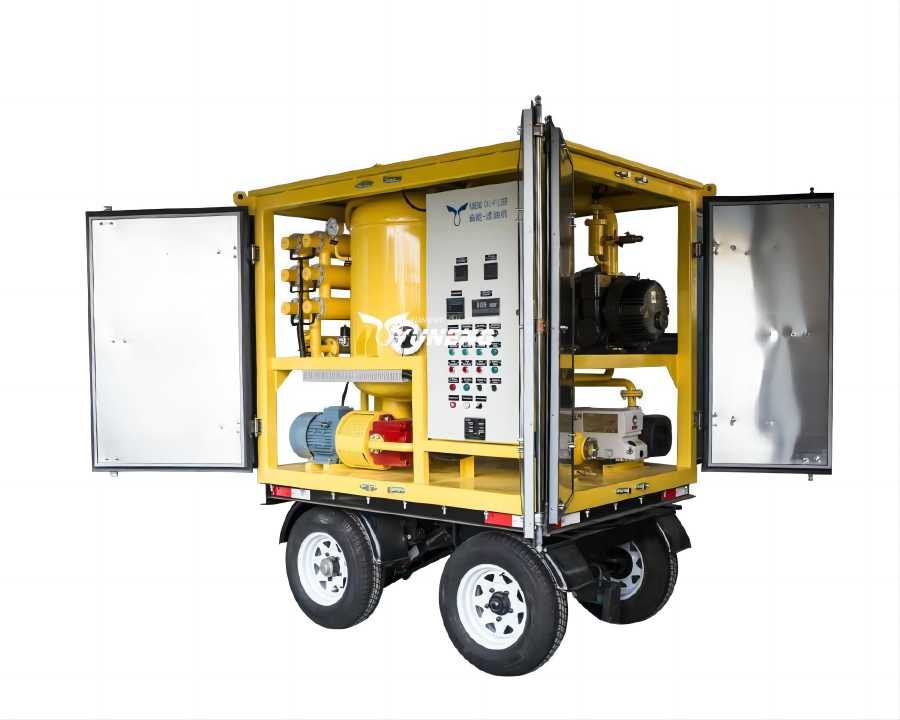
B. Machine Malfunctions
1. Faulty pumps: Worn pump components, blockages within the pump, or electrical issues can affect the oil flow rate through the machine, hindering the purification process.
Solution: Regularly inspect pumps for wear and tear, promptly address any blockages that might occur, and consult a qualified technician to troubleshoot electrical problems.
2. Loss of vacuum (vacuum degassers): Vacuum degassers rely on a strong vacuum to remove dissolved gases from the oil. Leakage in the system or malfunctioning vacuum pumps can significantly reduce the effectiveness of this process.
Solution: Ensure proper vacuum seal integrity throughout the system. Inspect and tighten any loose connections or fittings. If the issue persists, consult a qualified technician to check the vacuum pump functionality.
3. Electrical issues (overcurrent, tripping breakers): Electrical faults within the transformer oil purifier, such as overcurrent conditions or malfunctioning circuit breakers, can shut down the machine and prevent operation.
Solution: Do not attempt to troubleshoot electrical faults yourself. Always engage qualified personnel to identify and rectify any electrical problems within the transformer oil purifier.
4. Oil leaks: Leaks can occur at various points within the machine, leading to oil loss and potential environmental contamination. Leaking oil can also affect the purification process itself.
Solution: Regularly inspect the oil purifier for leaks, paying close attention to fittings, valves, pipes, and connections. Tighten any loose connections and replace worn-out gaskets or seals promptly. For stubborn leaks, consult a qualified service technician for proper repair.
Preventive Maintenance Tips
To minimize the occurrence of problems with your transformer oil purifier and ensure its optimal performance, implementing a comprehensive preventive maintenance program is crucial. Here are some key tips:
- Regular oil purifier inspections: Schedule regular inspections of your transformer oil purifier by a qualified technician. These inspections should include a thorough examination of all components, checking for wear and tear, leaks, and proper operation.
- Scheduled filter replacements: Following the manufacturer’s recommended schedule for filter replacement is essential. Clogged filters are a major cause of ineffective purification and can even damage the machine.
- Proper oil handling procedures: Implementing proper procedures for handling the transformer oil during purification is critical. This includes using clean containers, avoiding contamination with dirt or moisture, and ensuring safe disposal of used oil and filter media.
- Using genuine replacement parts: When replacing worn-out components or filters, use genuine replacement parts from the manufacturer or their authorized distributors. Non-genuine parts may not function correctly or could damage the machine.
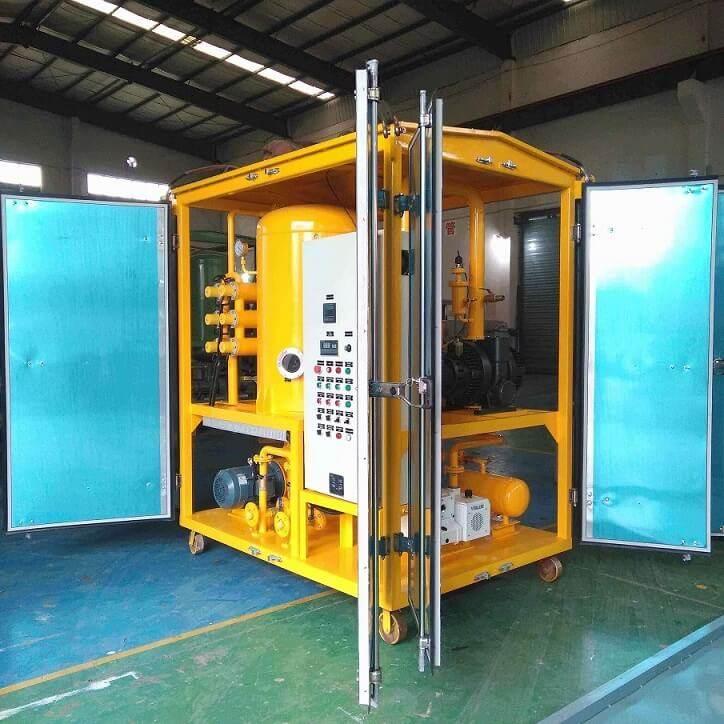
Conclusion
Transformer oil purifiers play a vital role in maintaining the health and longevity of transformer oil, ensuring the efficient and reliable operation of transformers. Addressing any problems with the purifier promptly is crucial to prevent potential transformer failures and costly downtime. By implementing a preventive maintenance program and following the recommended solutions for common issues, you can ensure your transformer oil purifier functions optimally, maximizing the lifespan of your transformer oil and minimizing maintenance costs.

